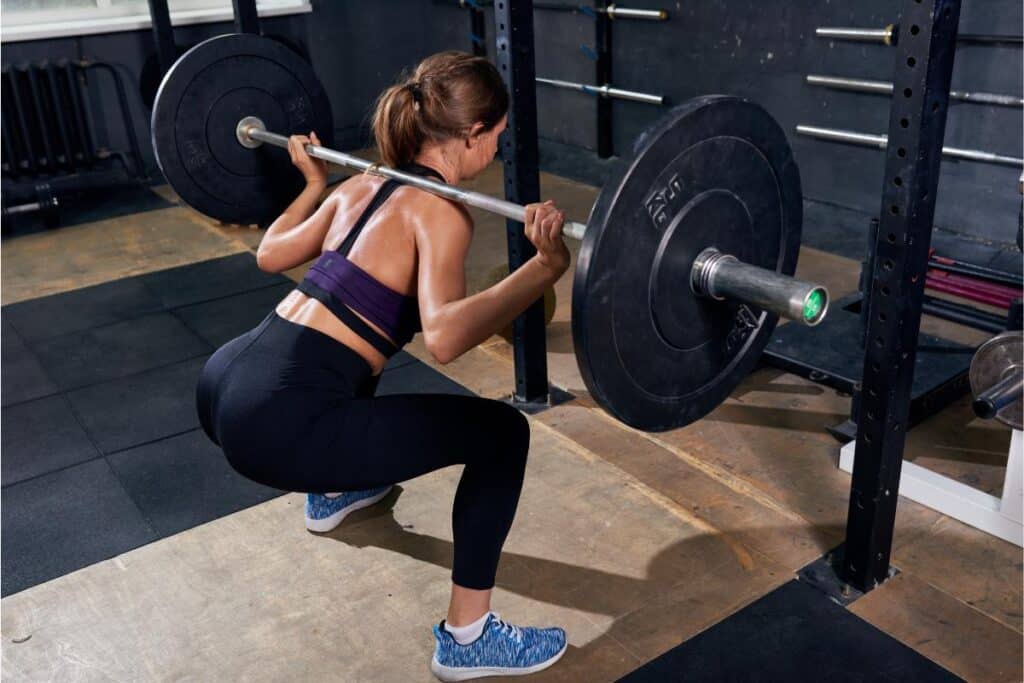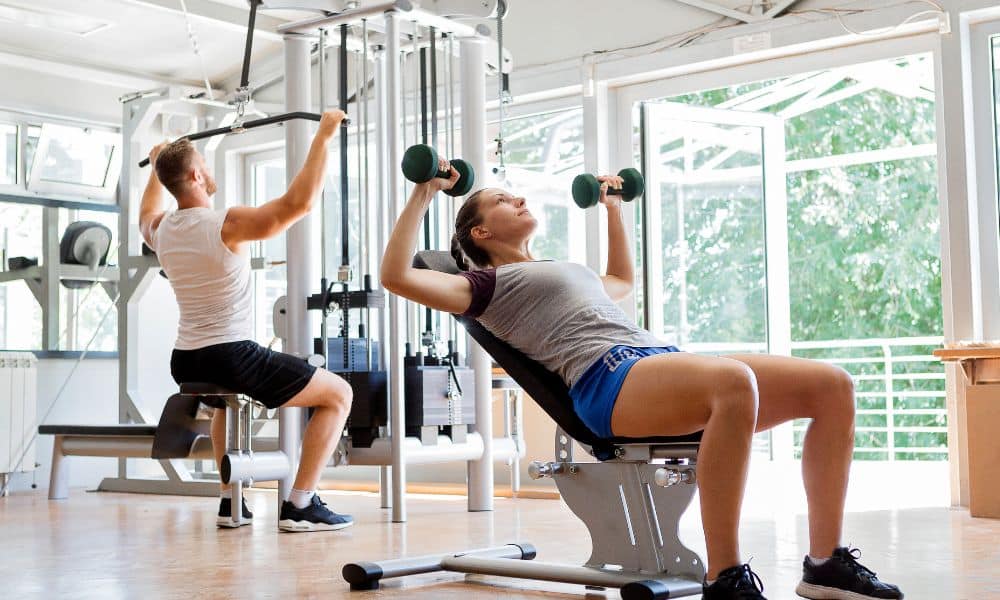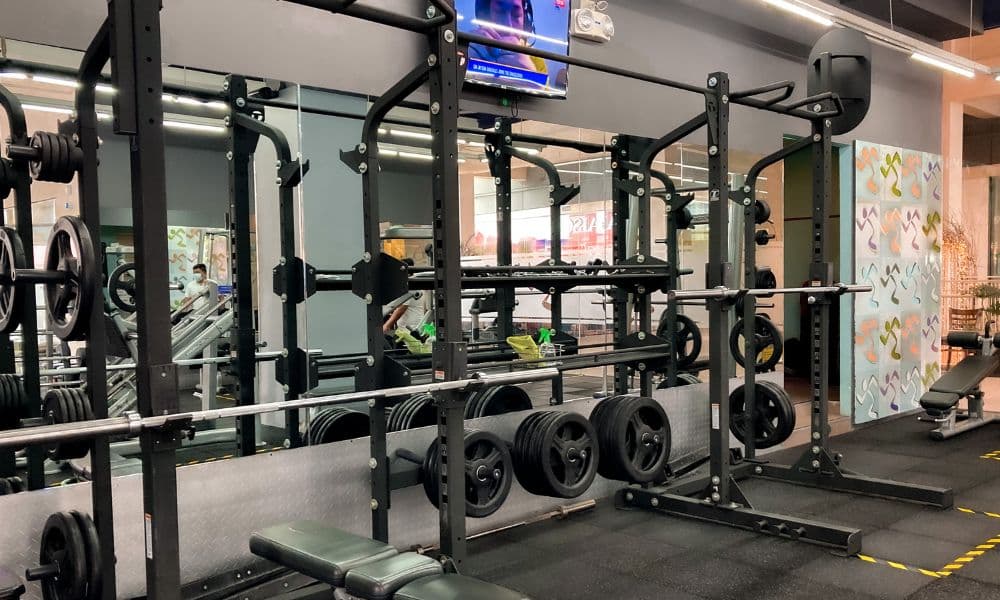When it comes to building muscle, especially through squats, footwear plays a surprisingly pivotal role. The right shoes can enhance squat performance, improve safety, and even affect the activation of different muscle groups. This article will explore the role of footwear in squat performance and how it can impact your muscle-building efforts.
Stability and Support
Footwear provides the base from which you squat, so it’s essential to wear shoes that offer stability. A stable base helps in maintaining balance and generating power from the ground up. Shoes with a hard, flat sole, like weightlifting shoes or even minimalistic shoes, can provide the necessary stability.
Heel Elevation and Ankle Mobility
Weightlifting shoes often have a slight heel elevation. This can be beneficial for those with limited ankle mobility, as it allows for a deeper squat without compromising form. The raised heel helps in maintaining an upright torso, which is crucial for high bar back squats and front squats.
The Kinetic Chain
Proper footwear aligns the kinetic chain, the series of joints involved in the squat, which includes the ankles, knees, hips, and spine. Misalignment in this chain can lead to improper muscle activation and potential injury. Shoes that provide proper support and allow for natural alignment can enhance the kinetic chain’s function.
Reducing Joint Stress
The right shoes absorb some of the impact during squatting, which can reduce stress on the knees and lower back. Especially when performing high-repetition or high-intensity sets, the cushioning and support from proper footwear can minimize the wear and tear on joints.
Maximizing Muscle Activation
Footwear can influence the degree to which different muscle groups are engaged during a squat. For instance, flat-soled shoes can lead to greater activation of the posterior chain muscles (glutes and hamstrings), while heeled shoes may increase quadriceps engagement due to the change in squat mechanics.
Considerations for Footwear Selection
- Squat Style: Choose a shoe that complements your squat style. For powerlifting-style low bar squats, a flatter shoe may be ideal, while Olympic-style squatters might prefer a heeled shoe.
- Personal Comfort: Comfort should never be overlooked. Uncomfortable shoes can distract from the squatting technique and even lead to injury.
- Material and Construction: Look for shoes with non-compressive soles that won’t deform under heavy loads, ensuring consistent performance.
- Versatility: If you perform various exercises besides squatting, consider a shoe that offers flexibility and comfort for other movements.
Conclusion
Footwear is a critical yet often underestimated component of squat performance and muscle building. The correct pair of shoes provides a stable foundation, supports proper biomechanics, and can enhance muscle activation, all of which contribute to more effective and safe squatting sessions.
When selecting your squatting footwear, consider your squat style, mobility, comfort, and the shoe’s material. With the right footwear, you can squat with confidence, knowing that you have set a solid foundation for muscle growth and strength.




